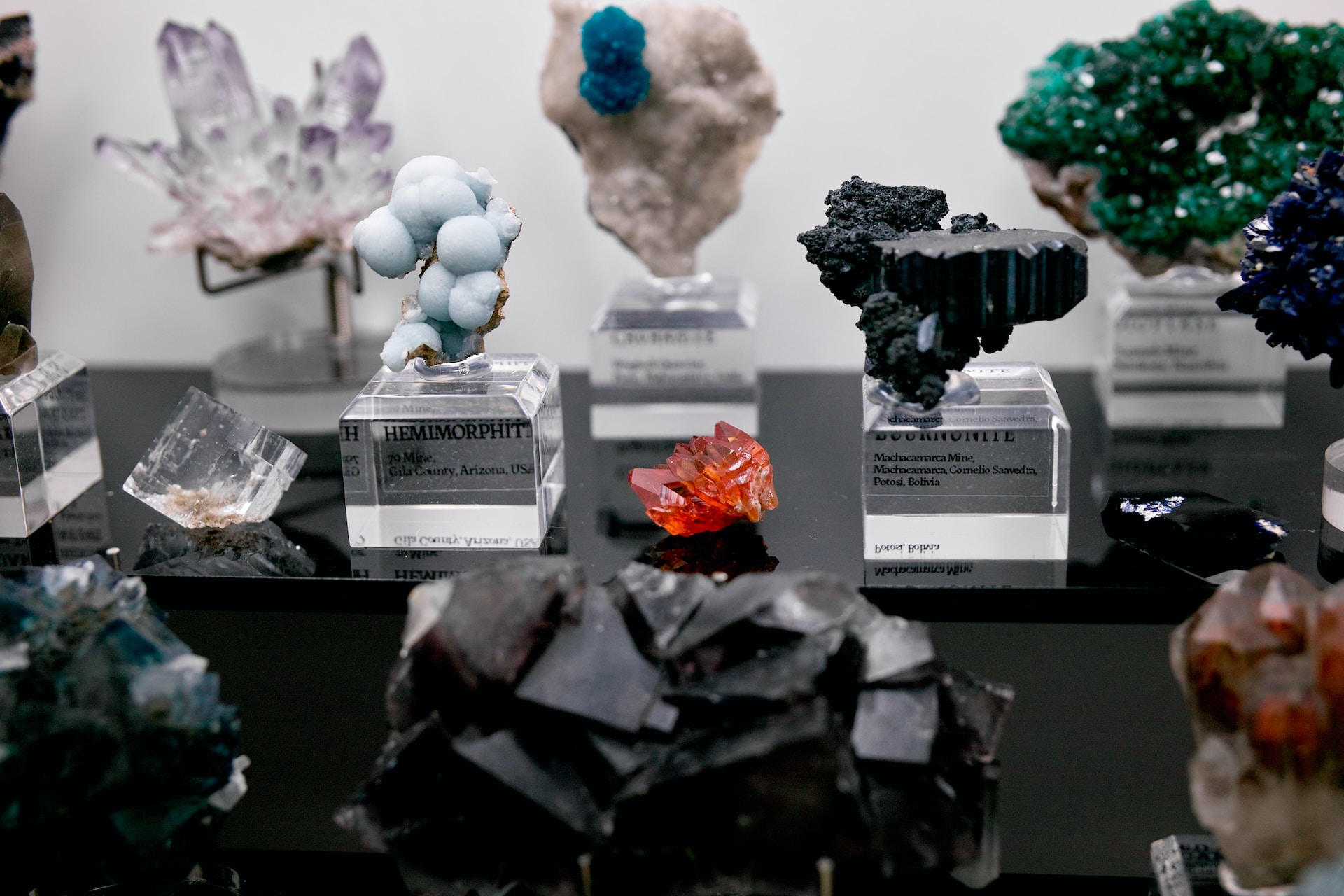Water beads, often referred to as crystal soil, are a fascinating innovation in the realm of gardening and horticulture. These tiny, water-absorbing polymer gel crystals have gained popularity as a means to enhance plant growth and moisture retention in both indoor and outdoor settings. By acting as an inert medium that releases water to plants as needed, water beads have opened up a new realm of possibilities for plant enthusiasts. In this article, we will explore the use of water beads for plants, their benefits, and how to incorporate them into your gardening routine. Additionally, we will address the question of whether you can place water beads on top of soil.

Can I Put Water Beads on Top of Soil?
One of the most common queries about water beads for plants is whether they can be placed on top of the soil. The answer is yes, water beads can be used both as a top dressing and mixed into the soil to create an effective moisture-retaining system. The choice between these methods largely depends on your specific gardening goals and the type of plants you are growing.
- Top Dressing with Water Beads: Applying water beads as a top dressing involves spreading them over the soil surface. This method can be particularly beneficial for houseplants and outdoor garden beds. When used as a top dressing, water beads serve as a moisture reservoir, reducing the need for frequent watering. The gel beads absorb water and release it slowly, helping to maintain consistent soil moisture levels, which is crucial for plant health.
- Mixing Water Beads into the Soil: Alternatively, you can mix water beads directly into the soil before planting or during transplanting. This method is especially useful for potted plants, container gardens, and indoor planters. When blended into the soil, water beads ensure that moisture is evenly distributed throughout the root zone, providing a steady supply of water to the plants.
How to Use Water Beads for Plants
Now that we’ve established that water beads can be used on top of soil or mixed into it, let’s delve into the specifics of how to incorporate them effectively into your gardening routine:
1. Choosing the Right Water Beads:
- Select high-quality, non-toxic water beads specifically designed for horticultural purposes. Avoid using water-absorbing crystals that contain harmful chemicals or additives.
2. Hydrating the Water Beads:
- Before using water beads, they need to be hydrated. Place the dry crystals in a container and add water. Typically, the recommended water-to-crystal ratio is mentioned on the packaging. Allow the beads to absorb water for several hours or until they reach their full size.
3. Adjusting the Quantity:
- The quantity of water beads to use depends on the size of your plant and the specific needs of the plant species. As a general guideline, for small potted plants, 1-2 teaspoons of fully hydrated beads should suffice. Larger plants may require more.
4. Applying Water Beads as Top Dressing:
- For top dressing, gently spread the hydrated water beads over the soil’s surface. It’s essential not to bury the plant’s stem or leaves under the beads, as this could lead to mold or rot.
5. Mixing Water Beads into the Soil:
- If you’re mixing water beads into the soil, make sure to incorporate them evenly throughout the root zone. You can blend the hydrated beads with the potting mix or the existing garden soil.
6. Monitoring and Adjusting:
- Regularly monitor the soil’s moisture level by sticking your finger about an inch into the soil. If it feels dry, it’s time to water. The presence of water beads can help prolong the time between watering, but they do not eliminate the need for occasional irrigation.
Water Beads for Indoor and Outdoor Plants
Water beads offer distinct advantages for both indoor and outdoor plants, making them a versatile and environmentally friendly solution for all types of gardeners. Let’s explore how these remarkable water-absorbing polymer gel crystals can benefit your plants in different settings:
Water Beads for Indoor Plants:
- Enhanced Moisture Retention: Indoor plants often suffer from inconsistent moisture levels due to the controlled environment. Water beads help maintain adequate moisture, preventing under- or over-watering.
- Reduced Maintenance: For busy individuals, water beads reduce the need for frequent watering, making it easier to care for indoor plants. This can be especially helpful for offices or spaces where regular attention to plants is limited.
- Aesthetic Appeal: The translucent appearance of water beads adds a decorative element to indoor planters. They come in various colors, allowing for creative and aesthetically pleasing designs.
Water Beads for Outdoor Plants:
- Drought Resistance: Water beads are an excellent choice for outdoor gardens, where water conservation is a priority. They release moisture gradually, helping plants endure dry spells and drought conditions.
- Soil Improvement: When incorporated into garden beds, water beads improve soil structure, aeration, and moisture retention. This can lead to healthier plant growth and increased soil fertility.
- Reduced Watering Frequency: Outdoor gardeners can benefit from reduced watering frequency and lower water bills when using water beads. These polymer gel crystals are particularly advantageous in regions with water scarcity or water restrictions.
Benefits of Using Water Beads for Plants
The use of water beads for plants offers several key benefits that can significantly impact the health and vitality of your garden:
1. Improved Water Efficiency:
- Water beads help conserve water by reducing the frequency of irrigation. They absorb and release water gradually, ensuring that plants receive moisture when they need it, thus preventing water wastage.
2. Enhanced Soil Aeration:
- Water beads contribute to improved soil aeration and structure. This is particularly important for potted plants, where compacted soil can hinder root growth.
3. Reduced Maintenance:
- Gardeners benefit from reduced maintenance efforts as water beads prolong the time between watering. This is especially valuable for individuals with busy schedules or those tending to a large number of plants.
4. Soil Protection:
- When used as a top dressing, water beads help shield the soil surface from extreme weather conditions, such as excessive heat or heavy rainfall, which can erode topsoil.
5. Versatility:
- Water beads can be employed in various gardening scenarios, from houseplants to outdoor garden beds. Their versatility allows them to meet the needs of different plants and environments.
6. Aesthetic Appeal:
- Water beads can enhance the visual appeal of planters and flower arrangements. They are available in a range of colors, allowing for creative and decorative designs.
7. Sustainable Gardening:
- By reducing water consumption and promoting healthy plant growth, water beads contribute to sustainable gardening practices. They help conserve resources and promote eco-friendly cultivation.
Cautions and Considerations
While water beads offer numerous advantages, it’s essential to be mindful of some precautions and considerations when using them for your plants:
1. Appropriate Use:
- Water beads are best suited for plants that prefer consistently moist soil. They may not be suitable for succulents or cacti that thrive in drier conditions.
2. Monitor Soil Moisture:
- Regularly check the moisture level in the soil to ensure it remains within the optimal range for your plants. Overly wet soil can lead to root rot.
3. Avoid Overuse:
- Do not overuse water beads, as excessive amounts can create a waterlogged environment. This may impede root health and growth.
4. Cleaning and Rehydration:
- Over time, water beads can shrink due to evaporation. To maintain their effectiveness, they should be rehydrated periodically. Clean and sanitize them before reusing them to prevent mold or bacterial growth.
5. Toxic Crystals:
- Be cautious when purchasing water beads, as some products may contain toxic chemicals. Always choose horticultural-grade water beads free from harmful additives.
6. Proper Disposal:
- Dispose of used water beads responsibly. You can discard them in the trash or use them as a water-saving medium for non-edible plants.
Conclusion
Water beads, also known as crystal soil, have become a valuable tool for plant enthusiasts, offering a simple yet effective way to maintain soil moisture and promote healthy plant growth. Whether you choose to apply water beads as a top dressing or mix them into the soil, their water-retaining properties provide an environmentally friendly solution to address the challenges of indoor and outdoor gardening. By enhancing water efficiency, reducing maintenance, and contributing to sustainable gardening practices, water beads have become a valuable asset for modern gardeners. However, it is crucial to use them judiciously and consider the specific needs of your plants to ensure their health and well-being. When used with care and attention, water beads can truly transform the way we nurture and enjoy our plants, making gardening more accessible and rewarding for all.





